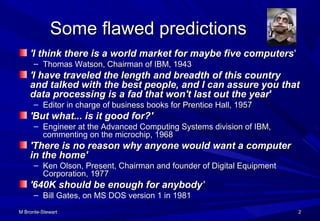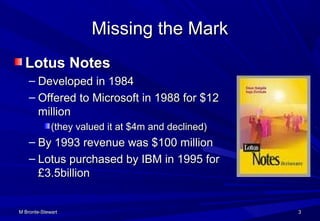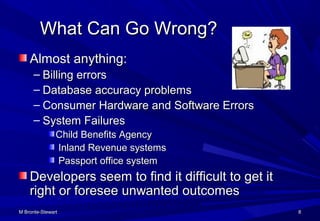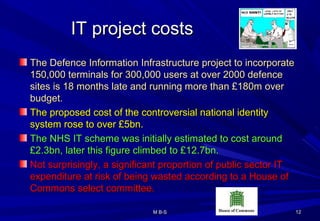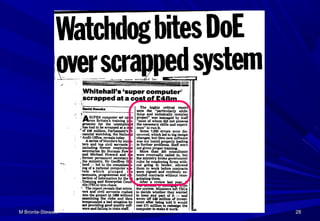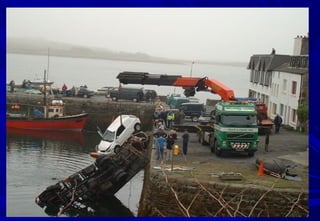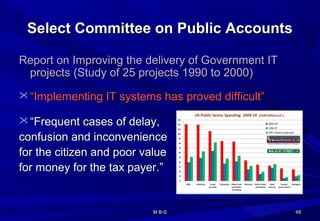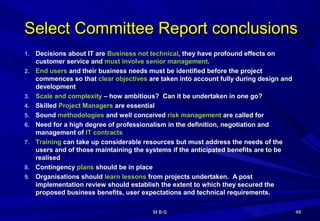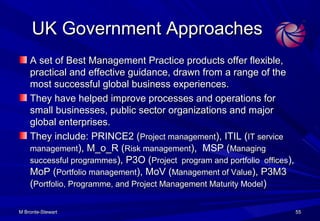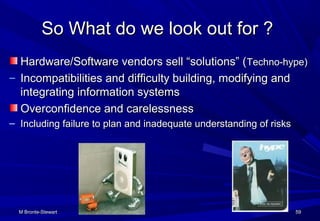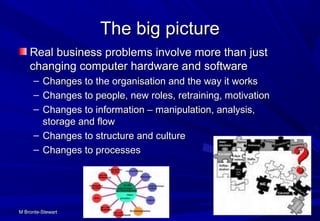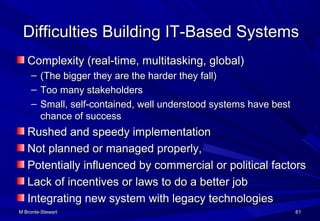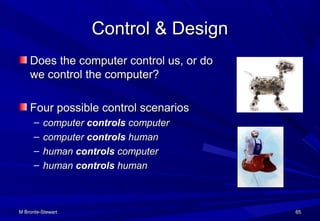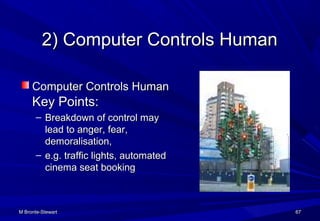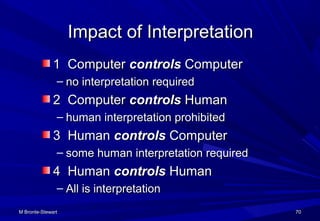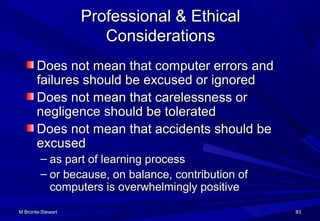The document discusses several examples of flawed software predictions and failures over time. It then provides specific examples of notable software failures, including:
- A radiotherapy machine that accidentally delivered a lethal high dose of radiation due to replacing a hard-wired safety system with software.
- An auto-land system for planes that crashed on its first live test due to the two software programs not interacting properly.
- The Ariane 5 rocket that broke up shortly after launch due to a software error converting a number between data types without error handling.

